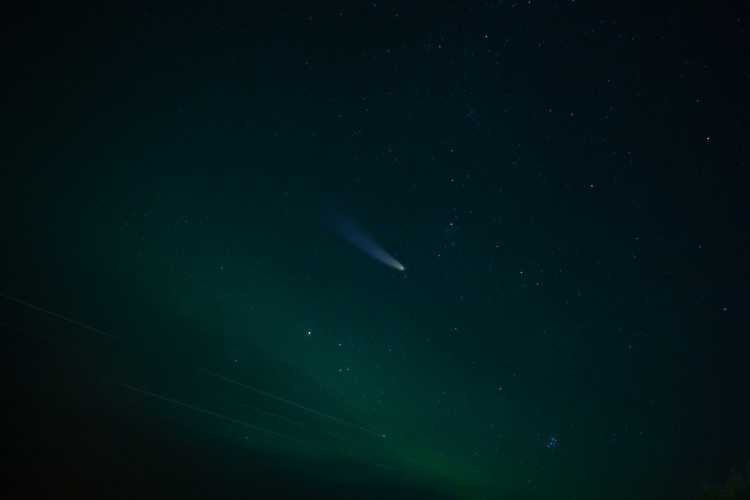An asteroid astronomers have labeled 2020 YE5 is currently speeding past Mars, passing by the Sun before completing another full orbit. Before that happens, however, the space rock will pass so close to Earth that experts have considered belonging to the near-Earth asteroid group.
2020 YE5 is estimated to be 23 meters long, which is about the size of a blue whale. It's traveling in space at a whopping 10.5 kilometers per second or 37,800 per hour. It could easily complete a full circle of Earth in just an hour at that speed. It takes the Moon more than 28 days to orbit Earth for reference.
Observations from NASA show that it will be so close to Earth that it will be as close as the Moon is. The Moon is 384,000 kilometers from Earth on average.
According to NASA, on Jan. 22, the rock will make the closest approach to Earth. In this particular situation, NASA has ruled out the chance of making an impact on Earth and would not expect this to change.
Most of the asteroids were created in the cooler inner solar system between the orbits of Mars and Jupiter.
Scientific interest in comets and asteroids is largely due to their status as relatively untouched remnant debris from the solar system formation period around 4.6 billion years ago.
The gigantic outer planets formed by the agglomeration of billions of comets, and the remaining bits and pieces of this kind of formation are the comets we see today. Today's asteroids, in the same manner, are the bits and pieces left behind by the early agglomeration of the inner planets, including Mercury, Venus, Earth, and Mars.
Near-Earth objects are also of concern because one or more massive objects have been blamed for the rare yet tragic events that triggered the mass extinction of life on Earth.
Comets and asteroids whose orbits lead them closer to Earth are the most exposed to a detailed analysis, both from the ground and from the spacecraft. If nature brings an occasional comet to Earth as a meteorite, experts study it closely in a laboratory; a great deal of experience has been gleaned from such objects about the primordial chemical composition and primitive processes.
NASA has a congressional mandate to catalog all NEOs with a width of at least 0.6 miles in the U.S. At this scale and size, the impact of the NEO may have resulted in catastrophic local destruction and moderate to severe global consequences.




